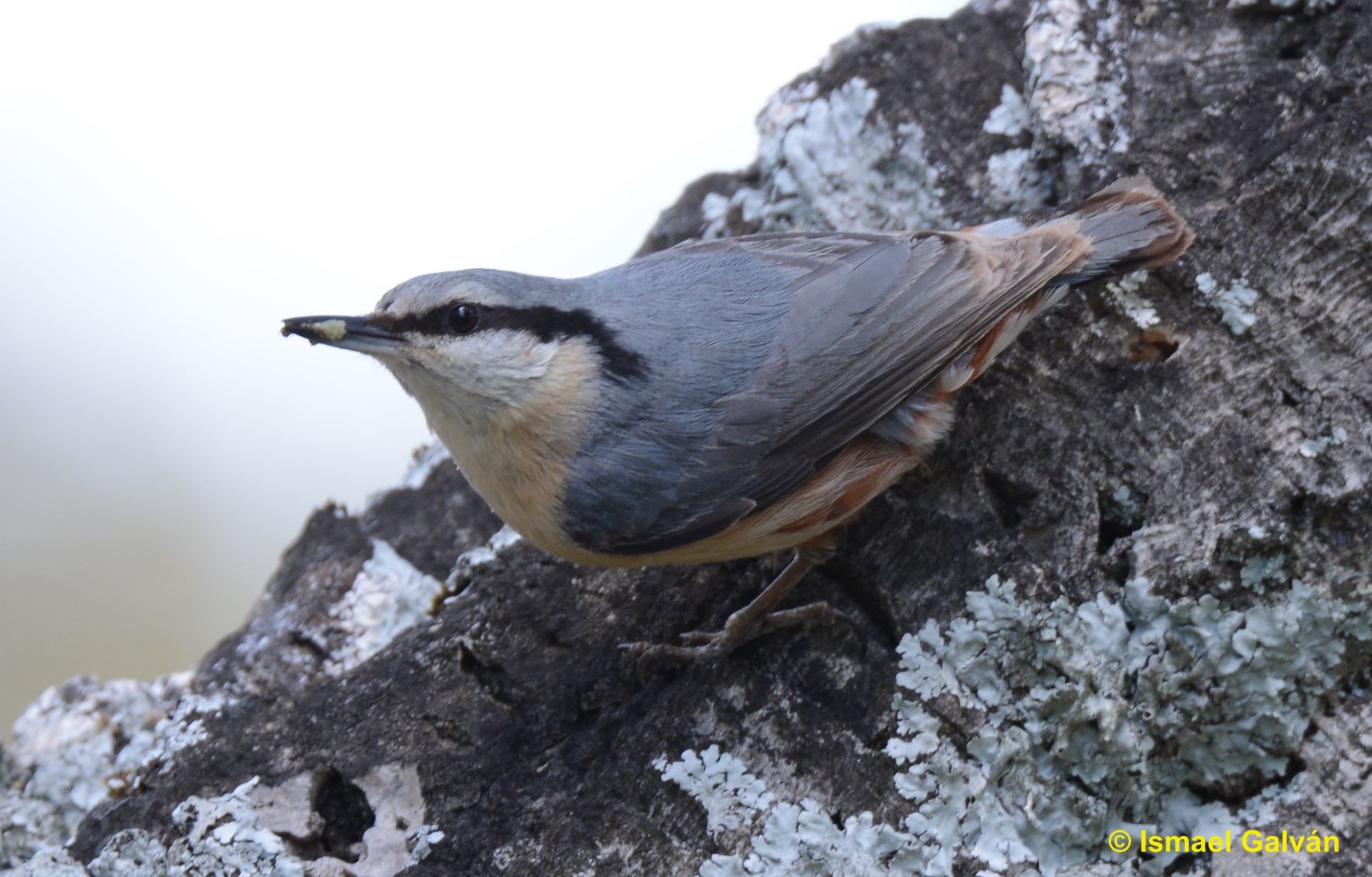The expression of the gene Slc7a11 promotes the antioxidant capacity of cells by providing them with cysteine that can be used for the synthesis of glutathione (GSH), the most important intracellular antioxidant. In melanocytes, intracellular cysteine can also enter melanosomes and get incorporated in the pigment pheomelanin synthesis pathway, thus decreasing cysteine availability for GSH synthesis and potentially creating chronic oxidative stress. Therefore, this study hypothesized that a mechanism limiting the use of intramelanocytic cysteine for pheomelanin synthesis in environmental conditions generating oxidative stress may be physiologically advantageous and favored by natural selection. Evidence we searched of such a mechanism by comparing the influence of melanocytic Slc7a11 expression on pheomelanin?based pigmentation in developing Eurasian nuthatch Sitta europaea nestlings from two populations differing in predation risk, a natural source of oxidative stress. Pheomelanin synthesis and pigmentation tended to increase with Slc7a11 expression in the low?risk population as expected from the activity of this gene, but decreased with Slc7a11 expression in the high?risk population. The same was not observed in the expression of five other genes influencing pheomelanin synthesis without affecting cysteine availability in melanocytes. The influence of body condition on the intensity of pheomelanin?based pigmentation also differed between populations, being positive in the low?risk population and negative in the high?risk population. The resulting pigmentation of birds was more intense in the high?risk population. These findings suggest that birds perceiving high predation risk may limit the use of cysteine for pheomelanin synthesis, which becomes independent of Slc7a11 expression. Some birds may have thus evolved the ability to adjust their pigmentation phenotype to environmental stress. informacion[at]ebd.csic.es: Galván & Sanz (2020) Differential influence of Slc7a11 expression and body condition on pheomelanin-based pigmentation in two Eurasian nuthatch Sitta europaea populations with different predation risk. J Avian Biol DOI 10.1111/jav.02275
https://onlinelibrary.wiley.com/doi/10.1111/jav.02275

 Las altas temperaturas están provocando que las lagunas y las marismas de Doñana pierdan agua rápidamente
Las altas temperaturas están provocando que las lagunas y las marismas de Doñana pierdan agua rápidamente




